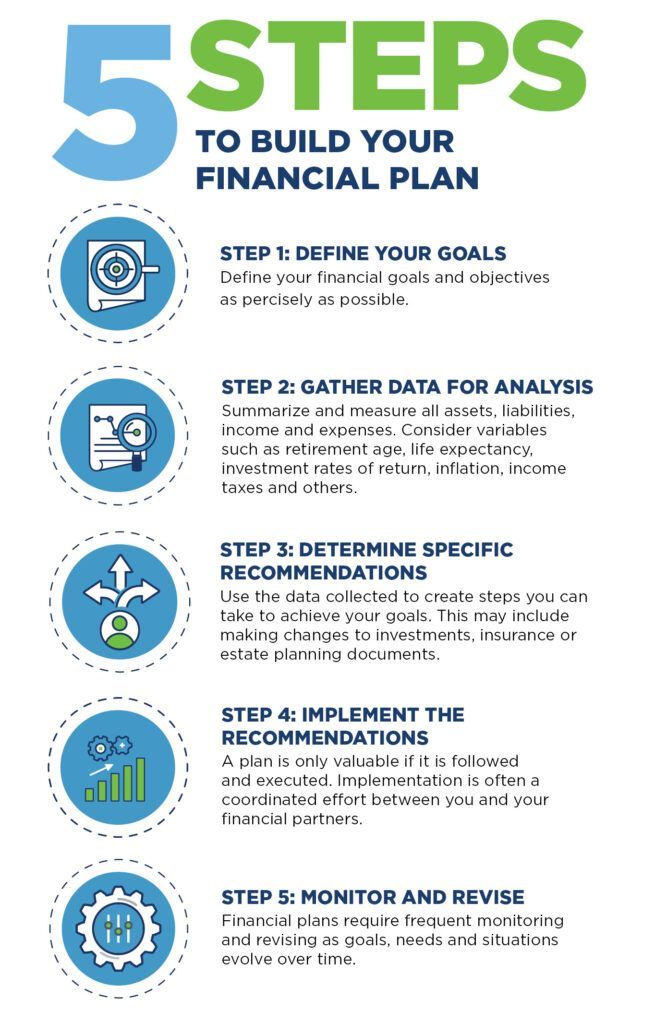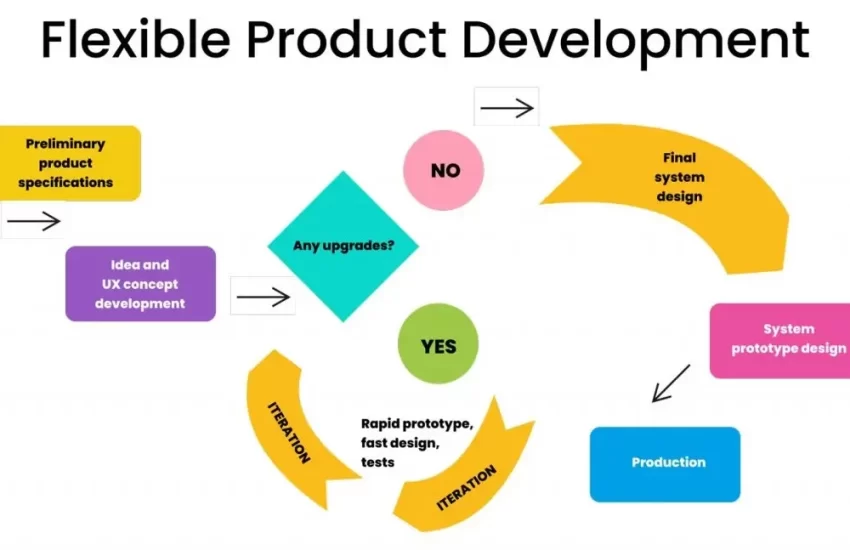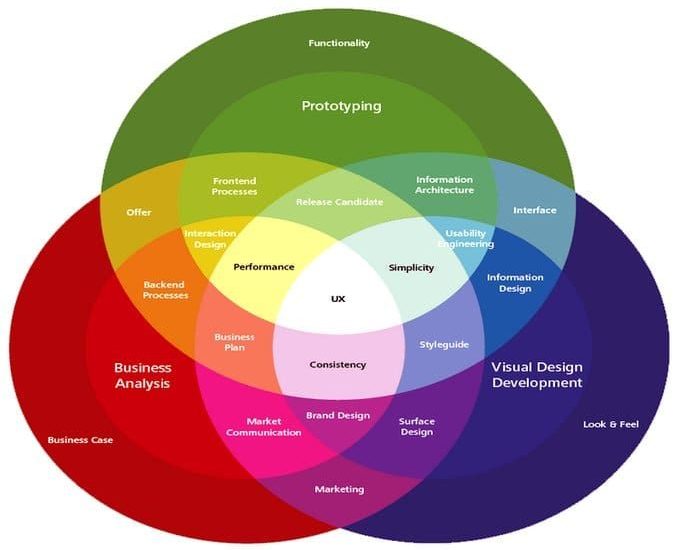How to Create a Product Roadmap for Your Business
As a tech company, having a clear and well-defined product roadmap is essential for the success of your business. A product roadmap outlines the vision and direction for your product, helping to align your team and stakeholders on the goals and priorities for development. In this article, we will discuss the key steps to creating a product roadmap that will drive your business forward.
1. Define Your Vision and Goals
The first step in creating a product roadmap is to define your vision and goals for your product. What problem are you trying to solve? What value are you trying to deliver to your customers? Clearly articulating your vision and goals will help guide the direction of your product development.
2. Gather Input from Stakeholders
It is important to gather input from all relevant stakeholders when creating a product roadmap. This includes input from product managers, developers, designers, marketers, and executives. By involving all stakeholders in the process, you can ensure that the roadmap reflects the needs and priorities of the entire team.
3. Prioritize Features and Requirements
Once you have defined your vision and gathered input from stakeholders, the next step is to prioritize the features and requirements for your product. This involves identifying the most important and impactful features that will help you achieve your goals. Use techniques like user feedback, market research, and competitive analysis to inform your prioritization process.
4. Create a Timeline
With your vision, goals, and prioritized features in hand, it is time to create a timeline for your product roadmap. A timeline will help you visualize the sequence of development and set realistic deadlines for each feature. Be sure to factor in dependencies, resources, and potential risks when creating your timeline.
5. Communicate and Iterate
Once your product roadmap is completed, it is crucial to communicate it to your team and stakeholders. Be transparent about your goals, priorities, and timelines to ensure alignment and buy-in from all parties. Remember that a product roadmap is a living document that should be constantly reviewed and updated based on feedback and new information. Continuously iterate on your roadmap to keep it relevant and responsive to changing market conditions.
Conclusion
Creating a product roadmap for your business is a critical step in driving the success of your tech company. By defining your vision, gathering input from stakeholders, prioritizing features, creating a timeline, and communicating effectively, you can develop a roadmap that will guide your product development efforts and align your team towards a common goal. Remember to regularly review and update your roadmap to ensure that it remains relevant and adaptive to the ever-changing tech landscape.


